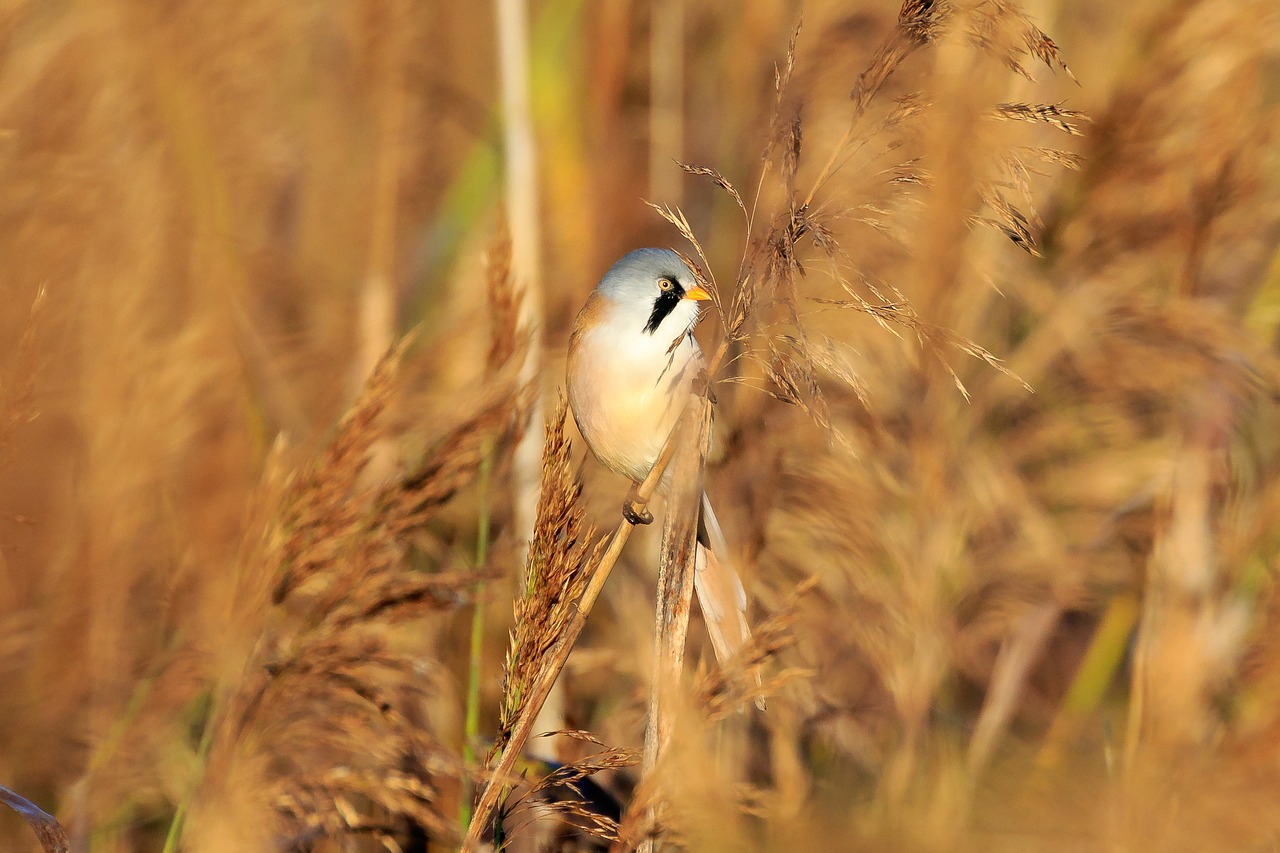Age dependent variation in wing length of Bearded Tits Panurus biarmicus
DOI:
https://doi.org/10.34080/os.v3.23036Keywords:
biometrics, age differences, sexual dimorphismAbstract
I have studied the increase of wing length among Bearded Tits from their juvenile plumage to their autumn plumage. The increase is large, 8.5% for males and 7.3% for females. During 1992 I obtained data on several other feather measurements of these two plumages in order to find the ecological background of the increase in wing length. From juvenile plumage to autumn plumage tail length increased with 14–16%. There were also an increase in feather mass. The average mass of the innermost primary was 3.32 mg in juveniles and 4.10 mg in their autumn plumage. Indices of wing pointedness and aspect ratio show that adults grow a more pointed wing than juveniles. Different hypotheses to explain the age related increase in wing length are discussed. I argue that the shorter wings in juveniles is an evolutionary adaptation. The reason should be to bring down the time until fledging in order to reduce the risk of predation. I could find no data in favour of the alternative hypothesis, that starvation of nestlings reduces the growth rate of feathers. Moreover there might also be different wing length optima for juvenile and adult birds.
Downloads

Downloads
Published
How to Cite
Issue
Section
License
The copyright of each contribution belongs to the author(s), but all contributions are published under a Creative Commons license, so that anyone is free to share and reuse the contribution as long as the copyright holder is attributed.







